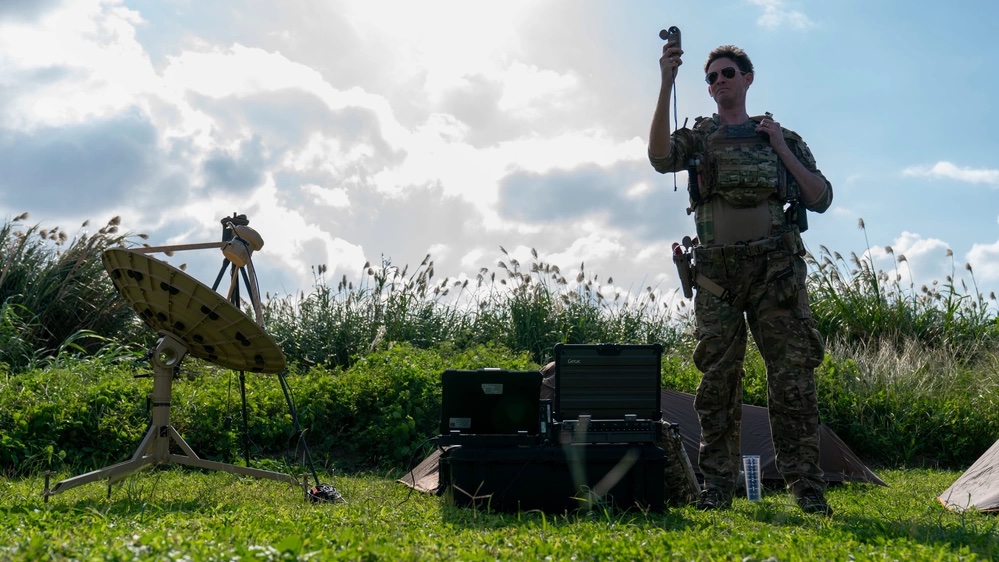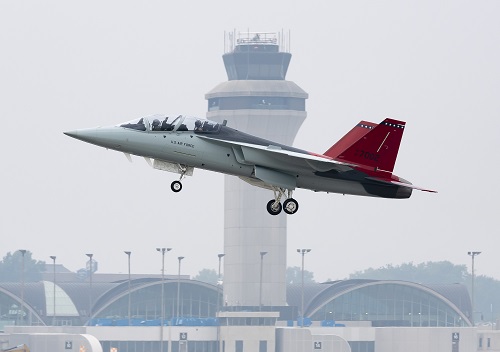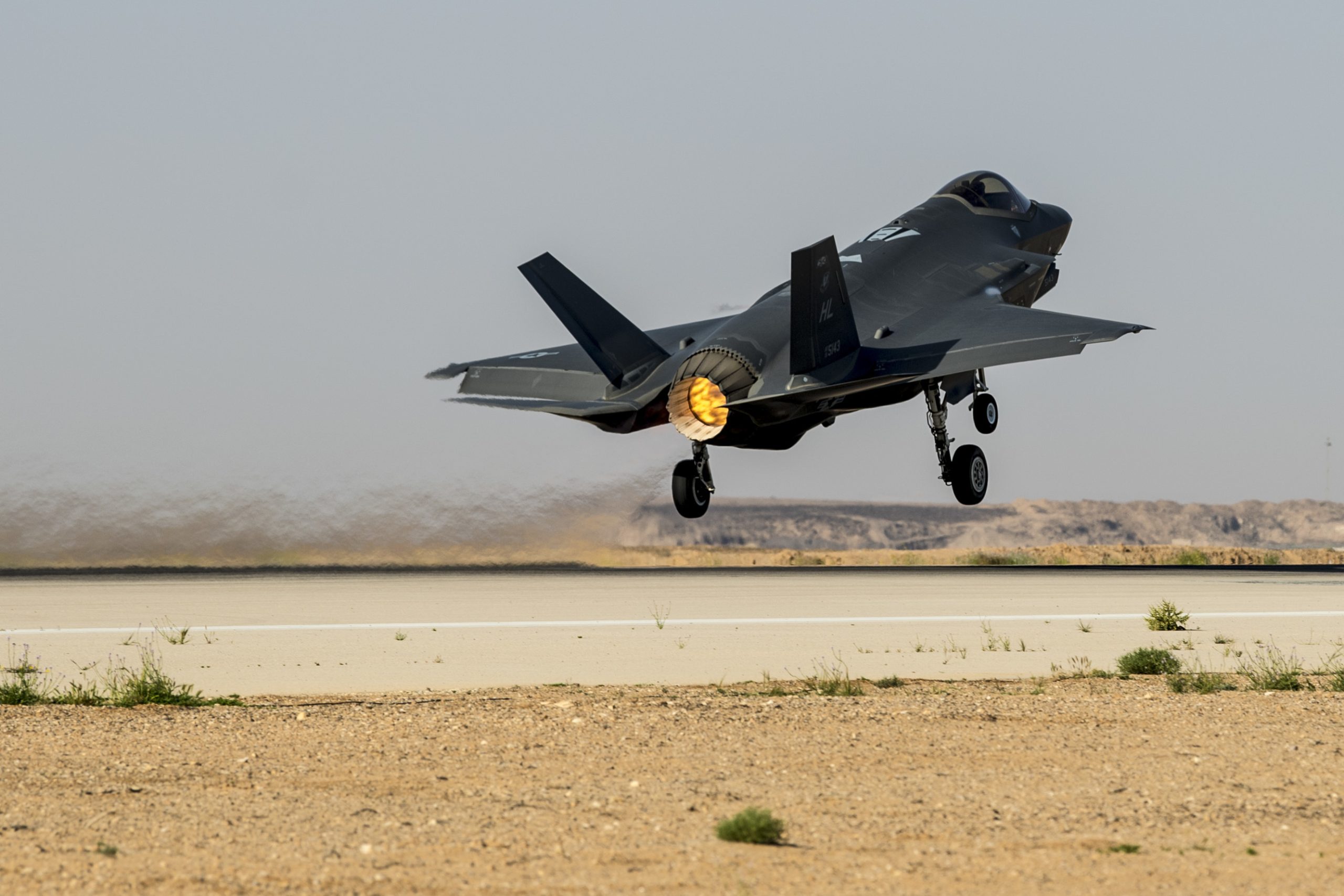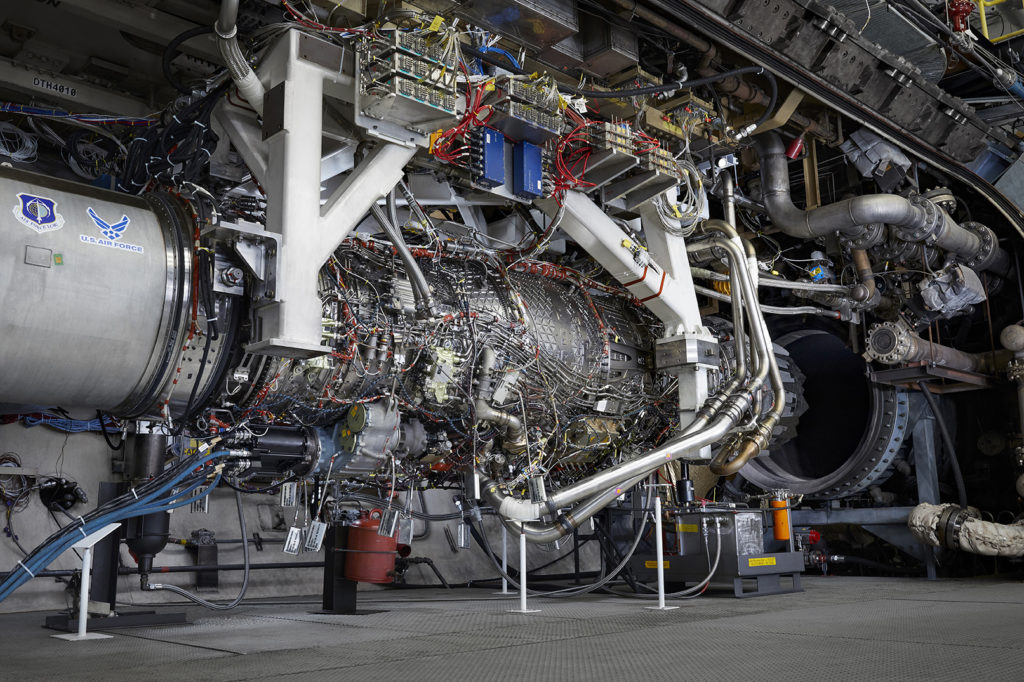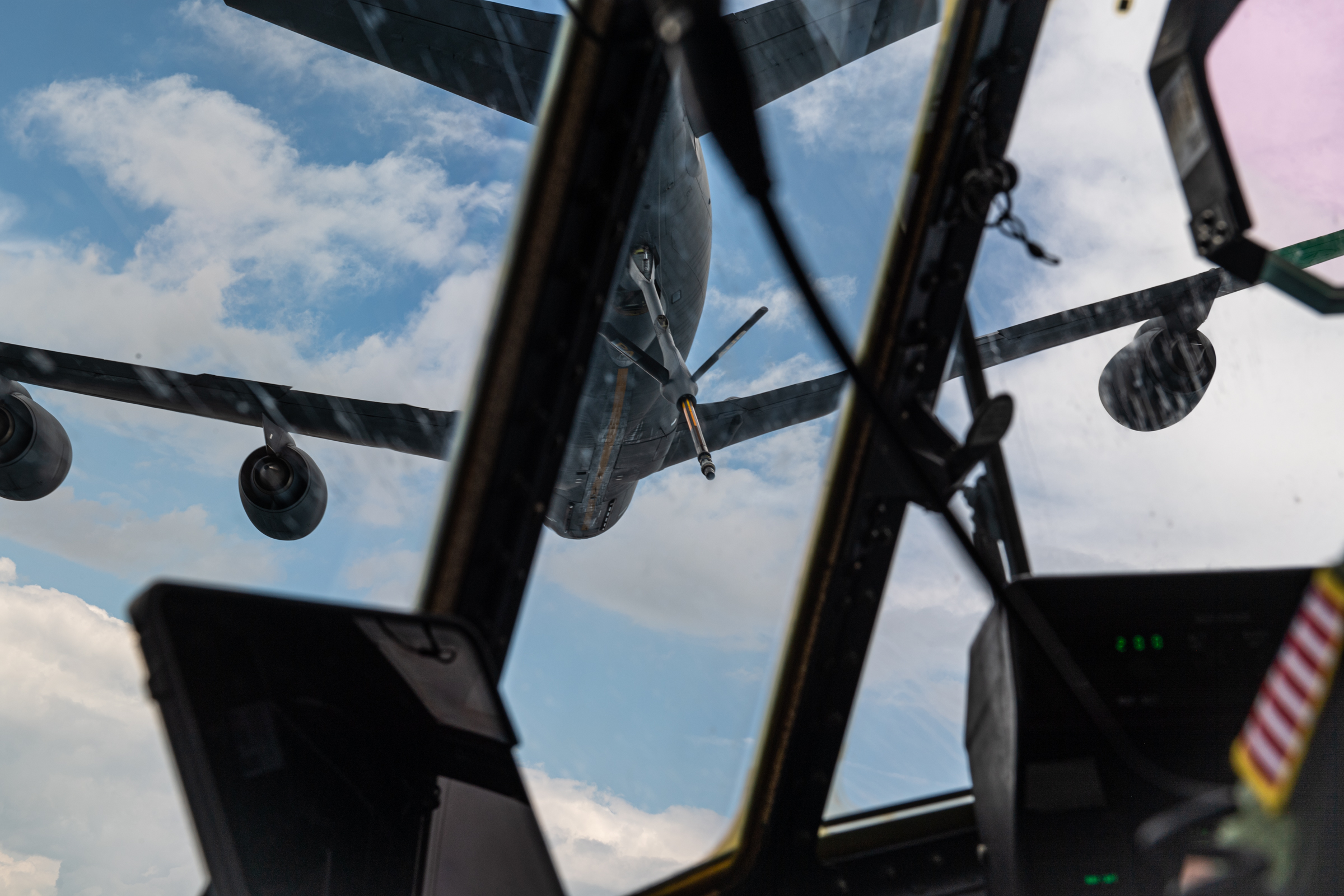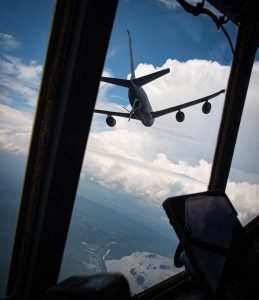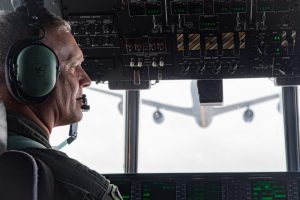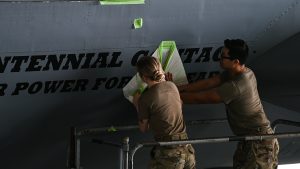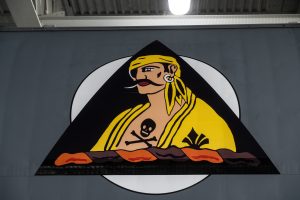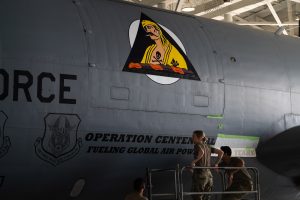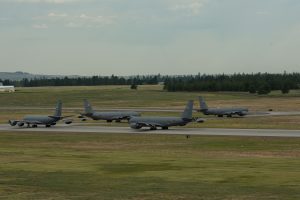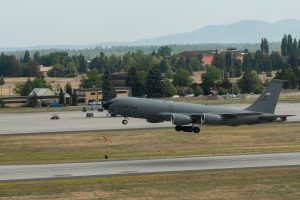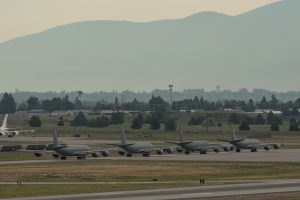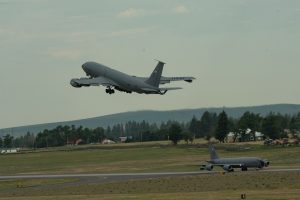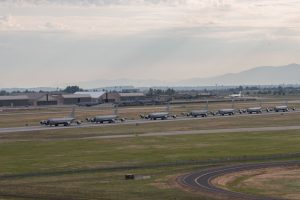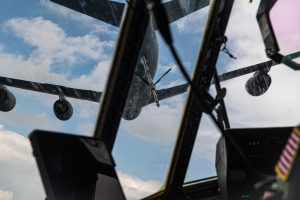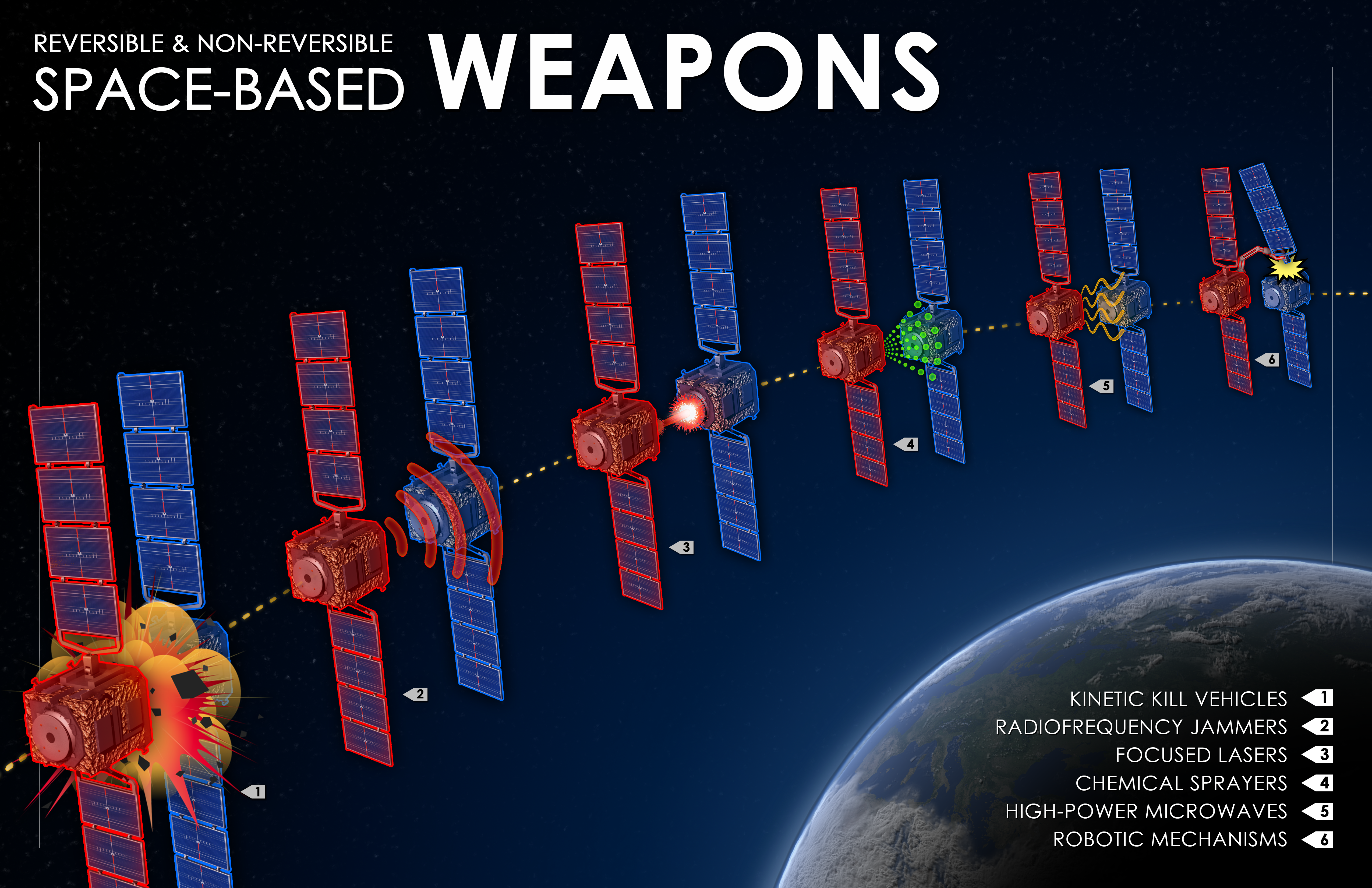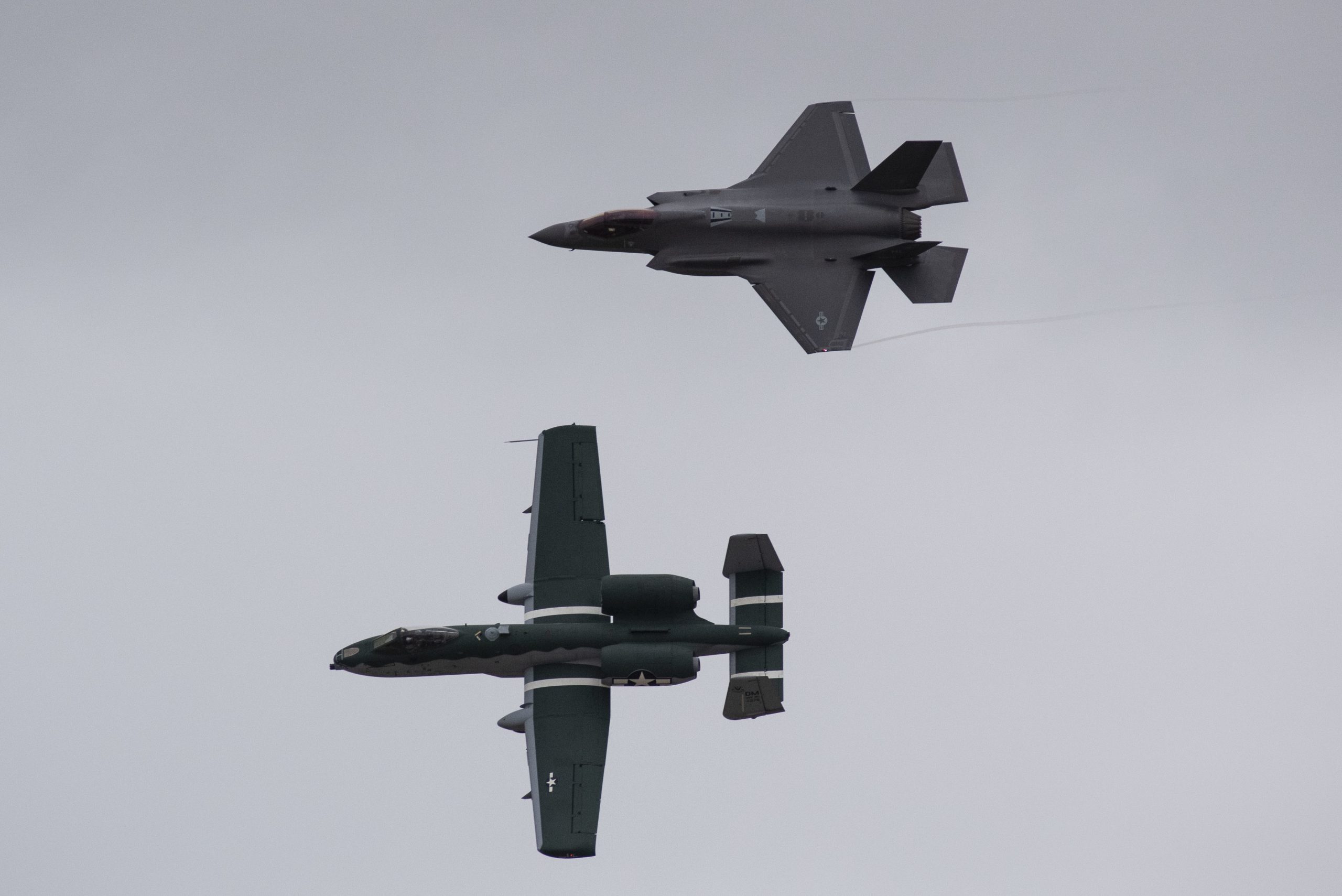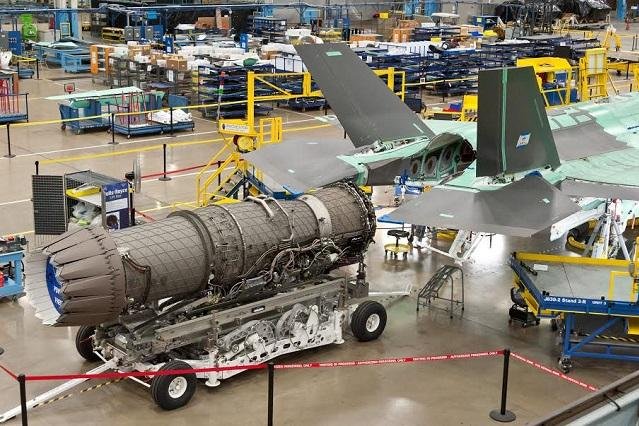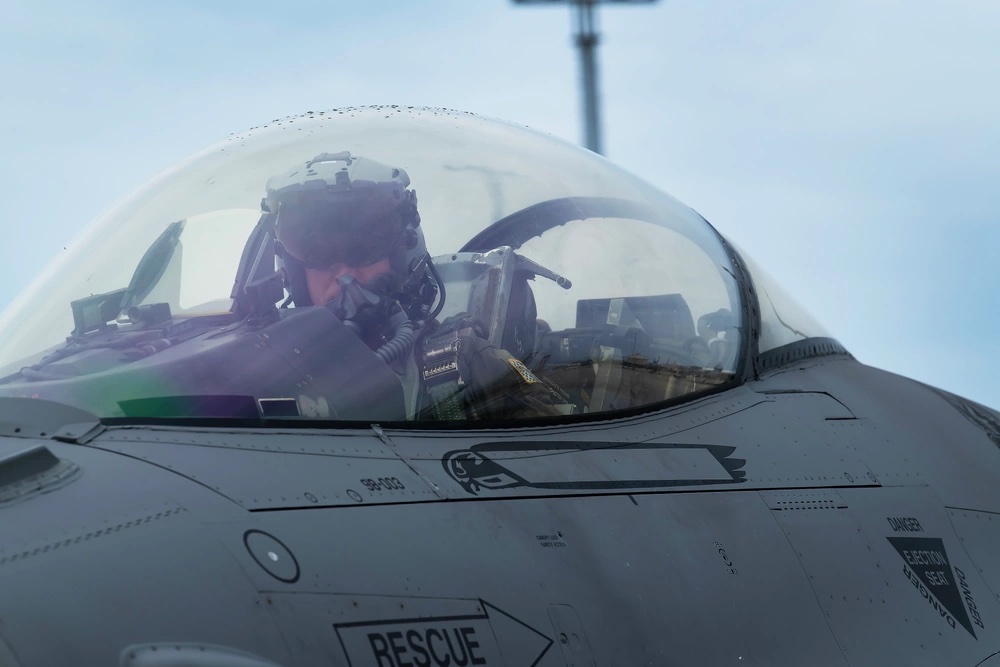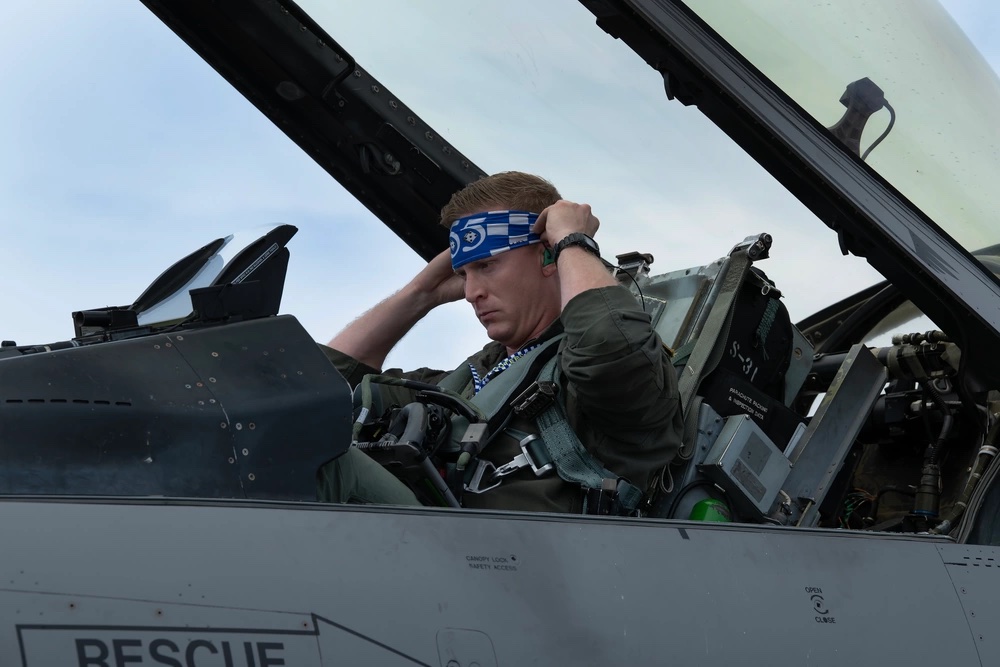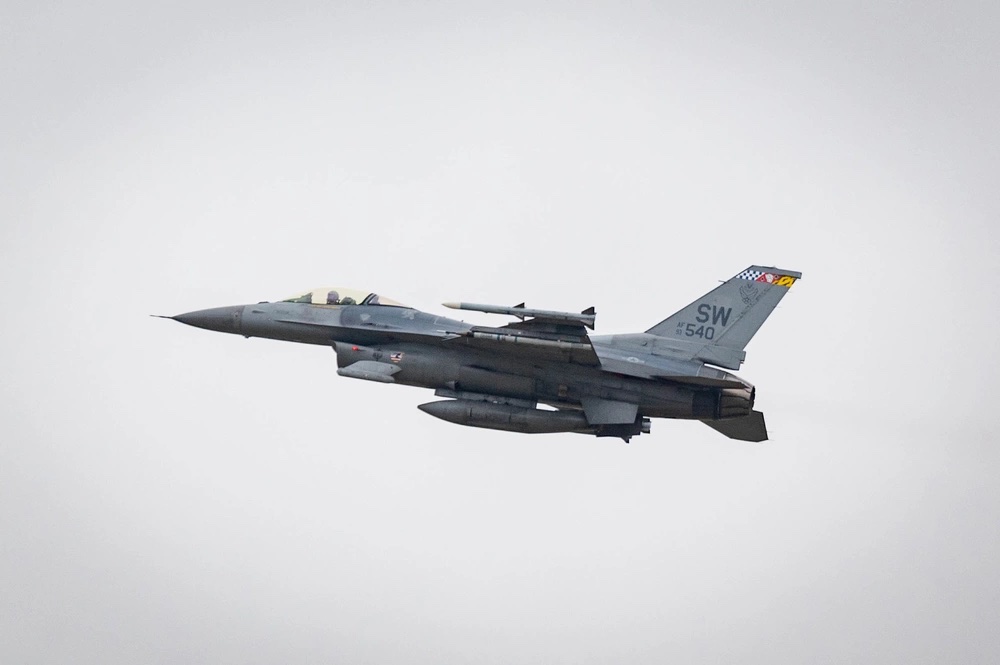OFFUTT AIR FORCE BASE, Neb.— For decades, when Air Force weather specialists have deployed downrange, they’ve relied on the Tactical Meteorological Observing System (TMOS), a device that can measure temperature, wind speed, dew point, and a range of other phenomena that pilots rely on for takeoff and landing. The TMOS is rugged and reliable, but it is also heavy, weighing almost 200 pounds with all its modules attached.
USAF weather specialists may have some heavy lifting in their future, as the service prepares for a possible conflict against a near-peer adversary. In such a conflict, the Air Force plans to use Agile Combat Employment—a concept whereby Airmen operate from small, austere airfields and move out again at a moment’s notice.
For the Airmen responsible for providing crucial weather data, such moves are part of the job sometimes.
“You hear stories all the time about dudes having to jump TOC (tactical operations center) and move like a mile and a half away, so they have to pack it all up, attach cord to all these little handles, strap them to their belt and just drag this thing to the new location,” Tech Sgt. Kyle Chambers, of the 2nd Weather Squadron at Offutt Air Force Base, Neb., told Air & Space Forces Magazine. “They stop, set it all up and then an hour later they have to jump TOC and do it all over again.”
Though a difficult task, hauling a TMOS to a new location speaks to the commitment Air Force weather specialists have for their profession, since local commanders rely on the data they provide to make life-or-death decisions.
“Nine times out of 10 it will be an Airman First Class or a Senior Airman answering the phone call from the major or the colonel and they have to explain what’s going on with the weather,” Chambers said. “They may have been in for just 2.5 years but they have to give them an answer. ‘I don’t know’ does not work.”
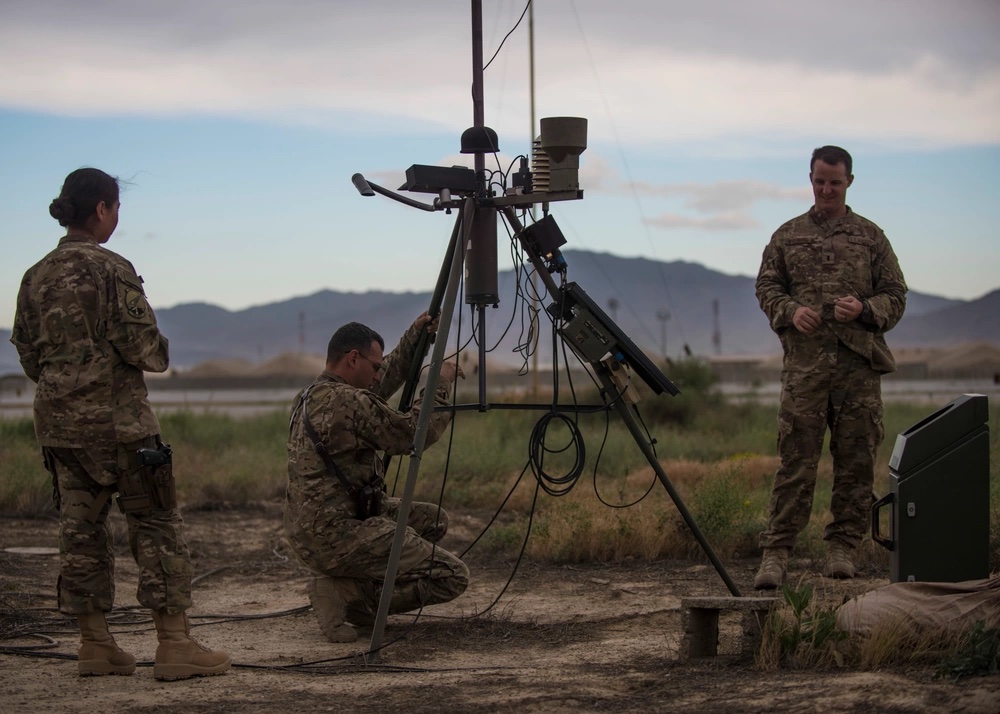
Many weather specialists already have experience working in bare-bones environments. For example, Air Force combat weather squadrons routinely send Airmen to deploy with Army units in places accessible only by helicopter.
“Anywhere we can sit up and brief anybody that needs to be briefed, we’re right there with them,” Chambers said. “It can be out at the National Training Center [at Fort Irwin, Calif.], where it’s 30 days of wiping yourself off with baby wipes and water bottle showers. That’s about as gritty and grimy as it gets.”
Chambers once found himself camping out on a glacier in an isolated mountain pass in Alaska as part of Colony Glacier, the annual operation to recover the remains and wreckage of 52 crew and passengers killed aboard an Air Force transport plane that crashed there in 1952. It was up to him and a few other weather specialists to take daily weather observations and relay those back to nearby bases so that helicopter pilots knew whether to expect fog, high-winds or other weather conditions on their way into the pass.
Though there are fewer amenities in an austere location compared to an Air Force base, forecasting the weather is largely the same in both, Chambers said, as long as the weather specialist knows what they are doing. Usually that experience comes from serving in a base’s weather flight, where weather specialists get to know how pilots and decision-makers use weather information in an operational setting.
“Having that competency, knowing what to do next, is the most important part of ACE,” he said.
It also helps that Air Force weather specialists will become more mobile over the next few years as the sturdy TMOS is decommissioned to make way for the Integrated Weather Observation System (IWOS). The IWOS weighs about only 40 pounds, which “makes it a whole lot easier to get around,” said Michael Thompson, a retired master sergeant with decades of experience in meteorology and who is now a civilian cyber support technician for the 2nd Weather Support Squadron at Offutt.
Thompson played a leading role in designing the TMOS, and he said the IWOS has the capabilities that weather specialists need but with a smaller footprint. The device is solar-powered, which also reduces the demand for hauling power.
Commanders “need things to be small but also able to handle any environment,” which is why the IWOS is appealing, he said.
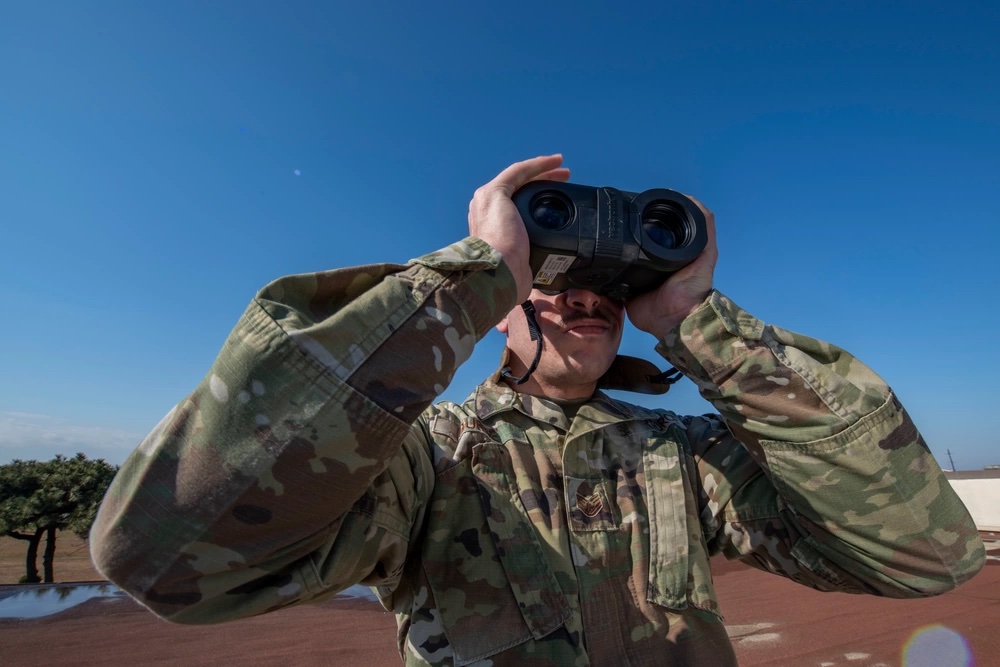
Still, neither the TMOS or the IWOS is a panacea. In Europe or the continental United States, Air Force weather specialists enjoy a wealth of data collected by civilian weather balloons, permanent radar sites, and other robust tools. But those facilities may not be present in deployed areas such as the Middle East or the western Pacific, which prompts weather specialists to use “limited data forecasting techniques,” said Tech Sgt. Faith Glas-Miller, of Offutt’s 2nd Systems Operations Squadron.
“You might not have traditional radar sides at these locations, so you have to rely on our tactical equipment: stuff we can actually pick up and take with us,” she said.
Air Force weather specialists aim to do their best even if all they have is a handheld Kestrel weather sensor and a pen, but even their best efforts may not do any good without communications, Chambers warned.
“You have to be there, but you have to have comms,” he said.
Weather specialists are not the only ones concerned about communications in a near-peer fight. The Air Force writ large is grappling with how to fight if long distance communications via satellite or undersea cables are jammed or severed. If those links are interrupted, commanders may have to resort to older methods, like sending ferry couriers through the air or overland or using aircraft as datalink or radio relays, RAND wrote in 2019, though these may be slower or more limited than the usual methods.
The military cannot guarantee all of its usual communication systems would survive a fight, so the Air Force is trying to encourage junior leaders to take the initiative if cut off from higher command.
“By empowering subordinates at the lowest capable level to make decisions and take decisive action at their level, mission command provides the flexibility and agility required to seize opportunities despite enemy denial or degradation of communications,” the service wrote in a 2021 explainer on the doctrine of ACE.
Those leaders will likely rely on an Air Force weather specialist nearby to help them out.
“You have all the excuses in the world: ‘I didn’t have this or that [equipment],’ but you have to try,” Chambers said. “You don’t want to be bad at your job in these situations, so you have to refine your skills, you have to try.”
